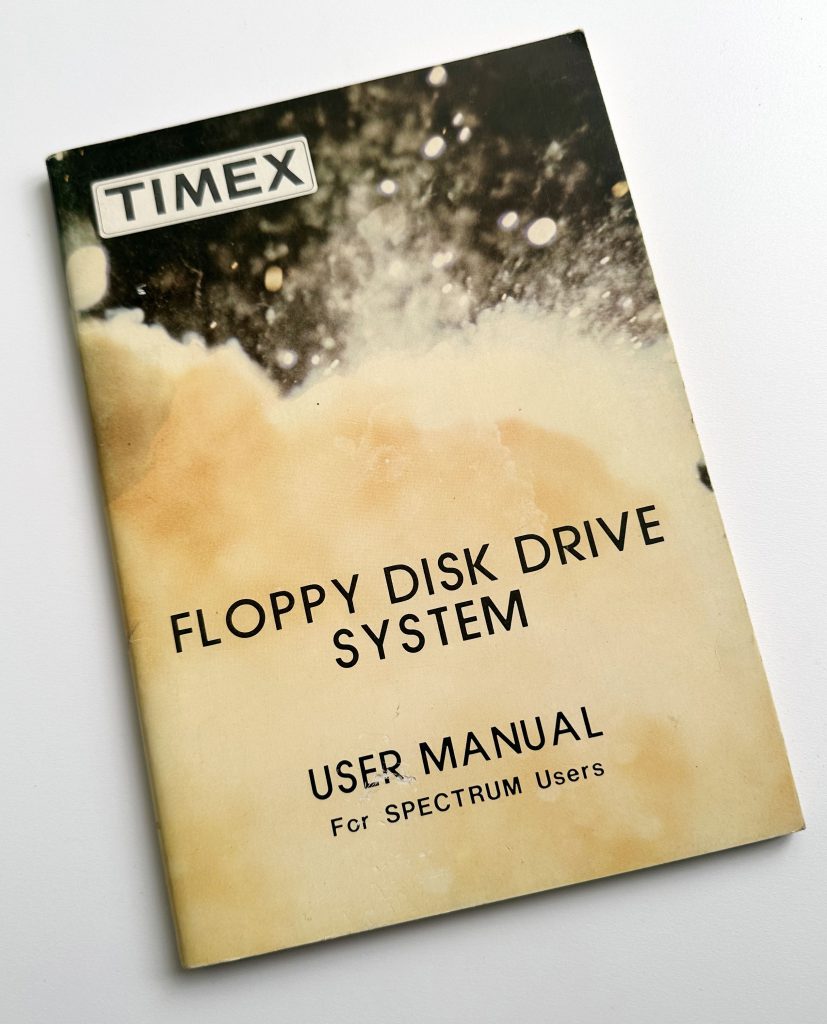TIMEX FDD
Floppy disk drive
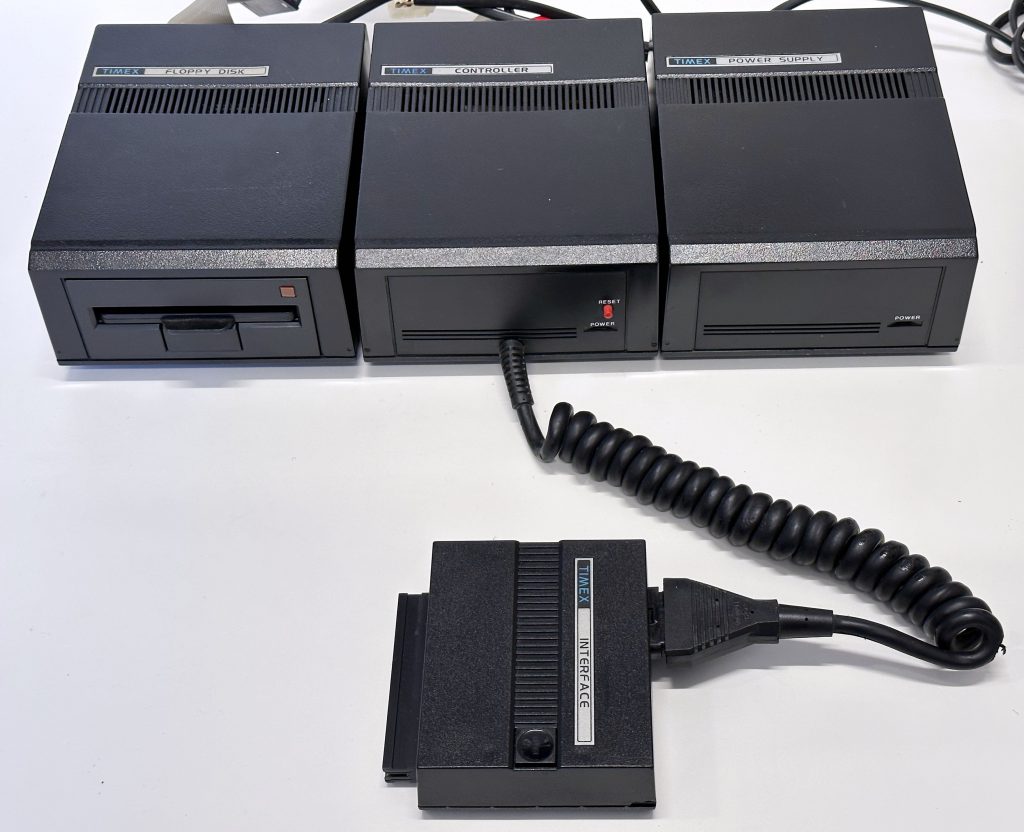
The Timex FDD (Floppy Disk System) was launched in December 1984. It is composed of 3 boxes (often called the FDD3) and an Interface. The box on the right hand side is the power supply, the middle box is the controller, and the box on the left hand side is a 3″ drive with the possibility of adding a 2nd disk drive.
It might appear to be a simple disk interface but FDD is almost a complete computer: It has its own processor (Z80A @ 4Mhz), RAM (16K upgradable to 64K to use CP/M), ROM (2K) and two RS232C ports.
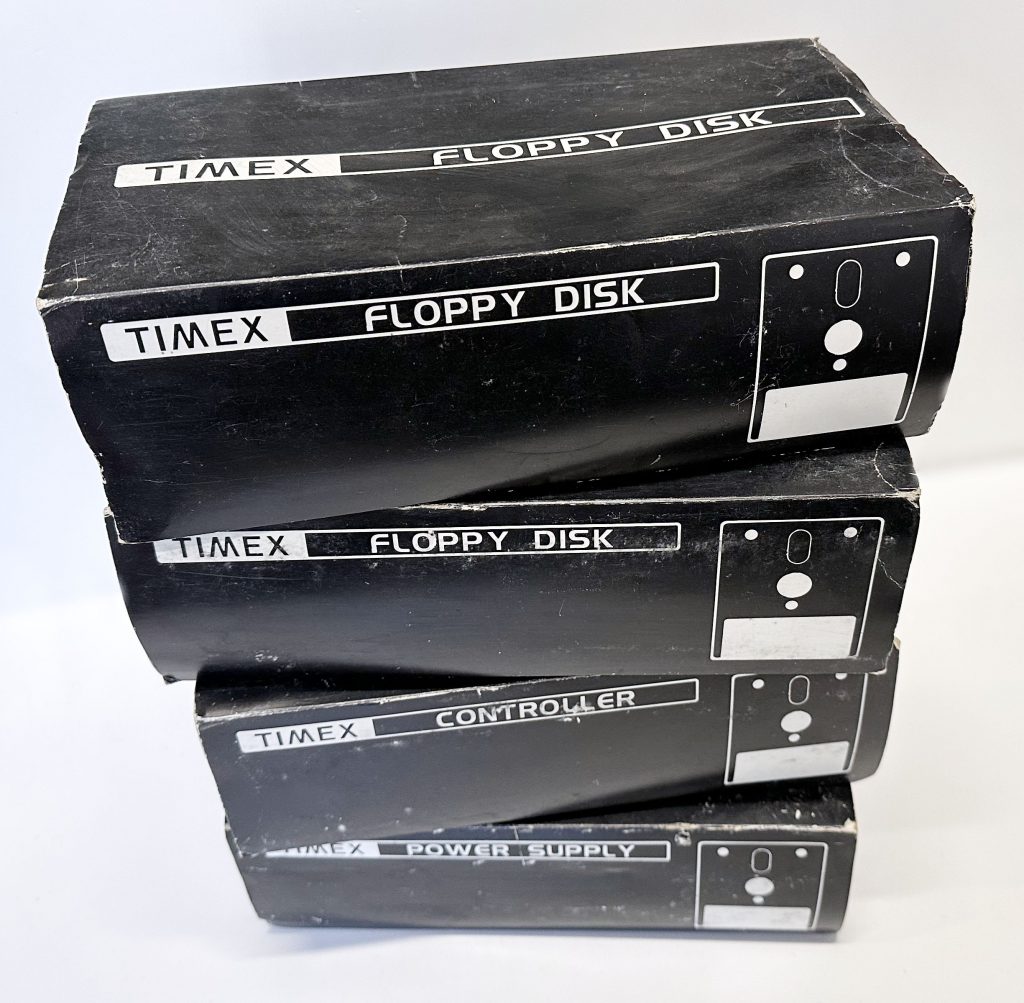
The connection between the Timex Computer and the controller is made by a high-velocity channel. This controller and the interface were made by Timex Portugal.
The 3″ drive is single side, 40 tracks, made by Hitachi. This allows a disk with 160K/side capacity (140K available to the user as 20K are reserved for the system).
Since the controller uses the Shugart standard, other drives can be connected even 2 side drives. A maximum of 4 drives can be connected to the controller.
The FDD system uses TOS (Timex Operating System) as OS. It uses normal Sinclair Basic commands with a *(asterisk) which makes them easier to use than the ZX Microdrives. TOS uses a tree system much like MS-DOS. TOS is booted when you turn FDD on and insert a disk or when you press the reset button. Every disk formatted contains the operating system.
A silver version was mainly sold in the USA by Zebra Systems as Zebra FDD System. Zebra imported the Timex FDD system and erased all references about Timex in the FDD manual and the units.
Timex of Portugal also sold some silver units.
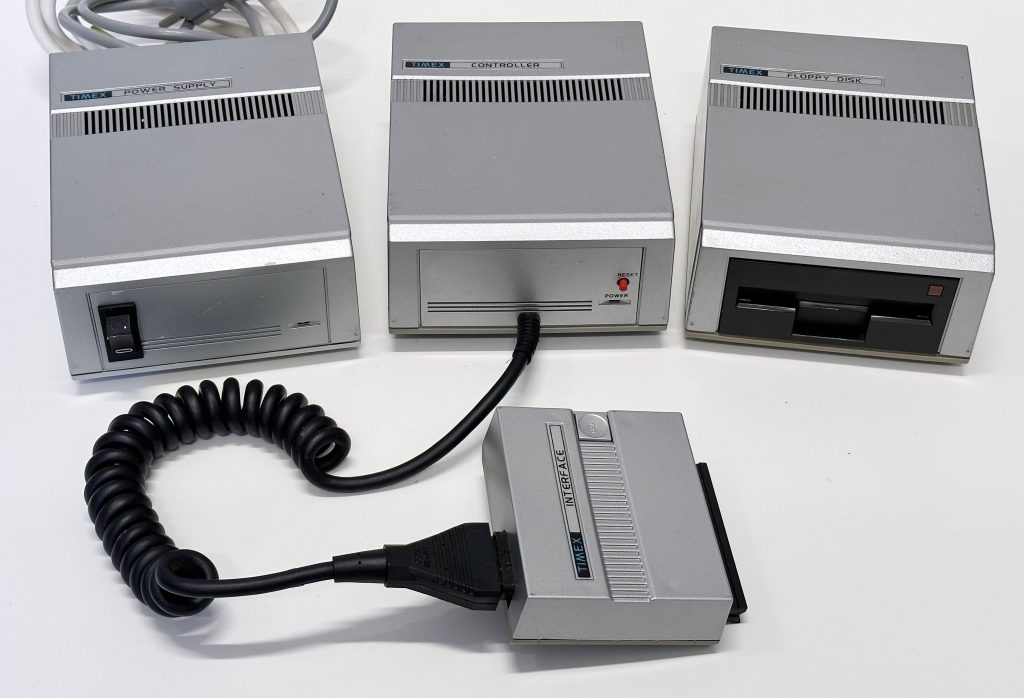
Polish Unipolbrit also imported FDD units. Some have the original 3 boxes and some are made into an all-in-one case holding the PSU, controller, and one 3″ disk drive.
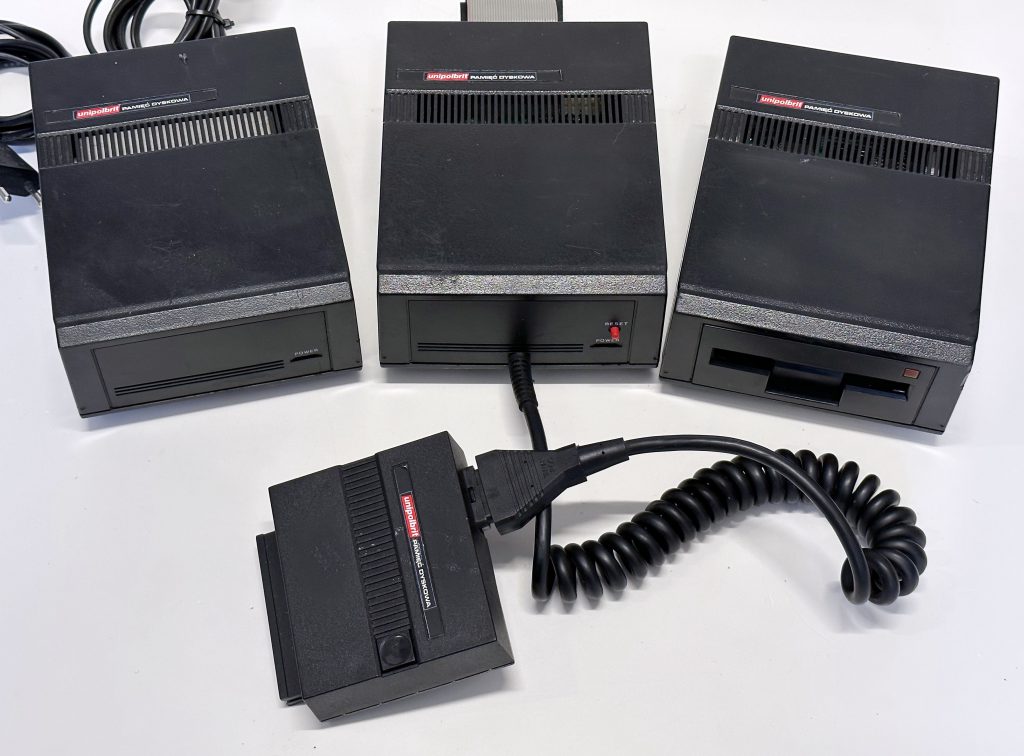
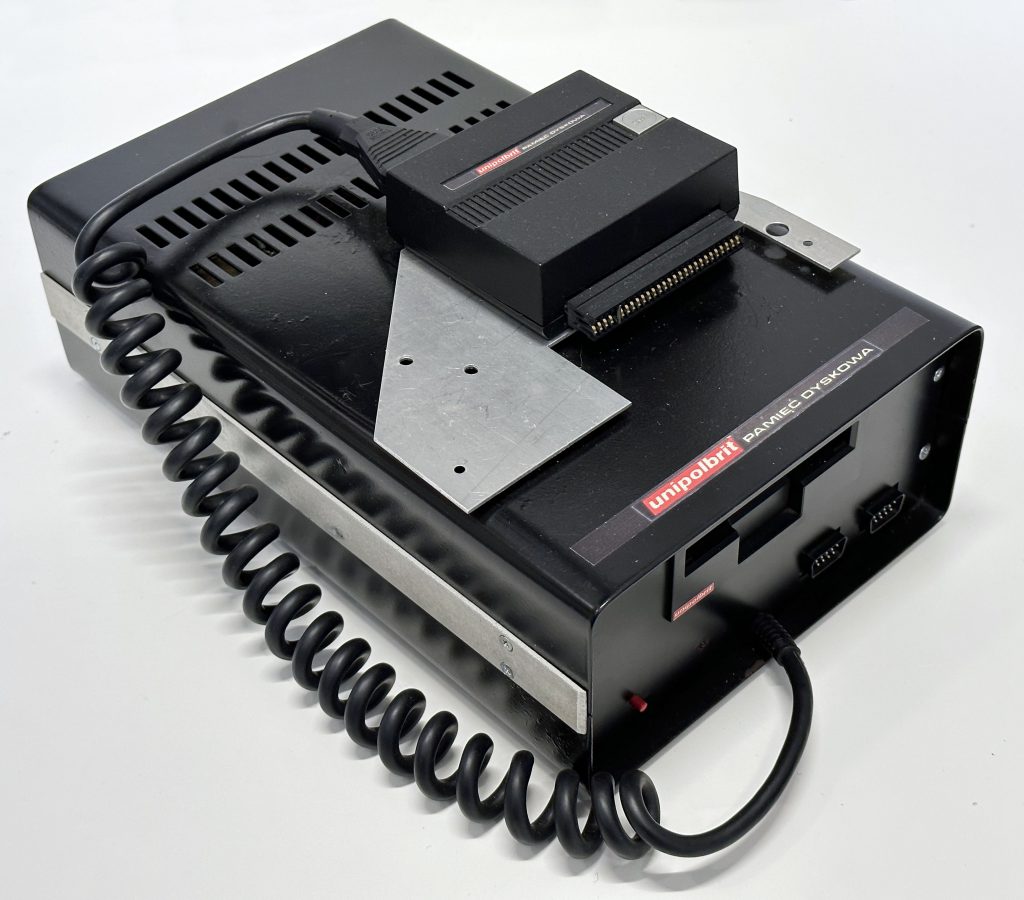
Besides Unipolbrit, Spanish Investronica also tried to sell the Timex FDD as Invesdisk 200 in Spain.
Not sure if there was any sold nor if the Timex Operating System was translated to Spanish due to Spain’s law mandating that all computer systems with 64K or less had to run in their native language.
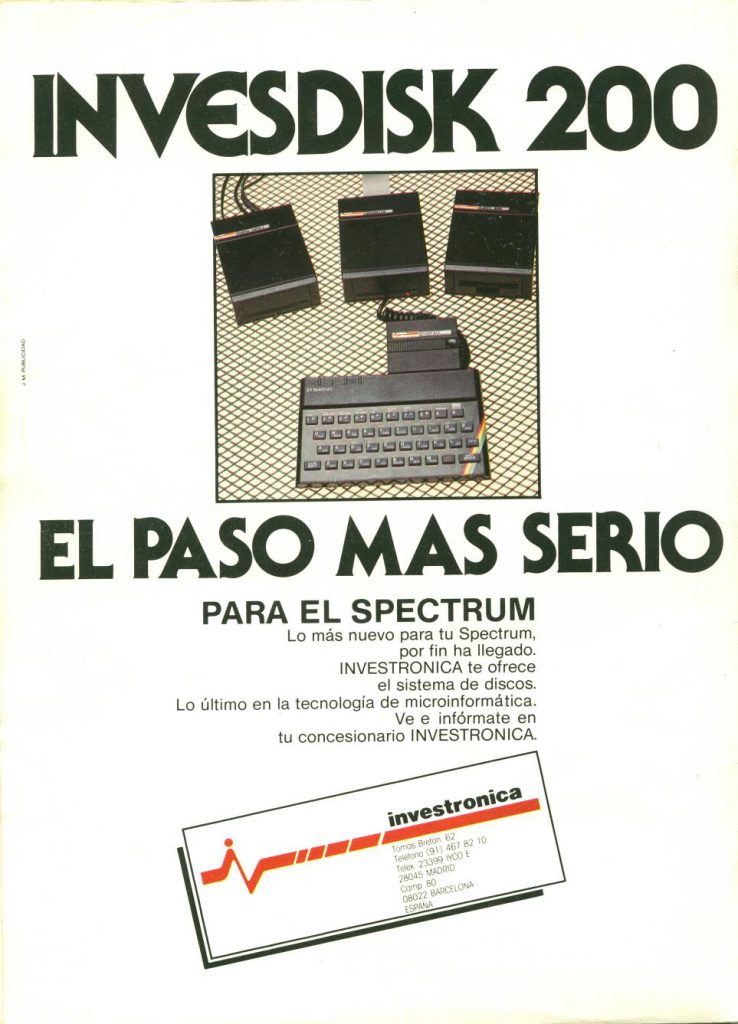
FDD and FDD 3000 have in its ROM a routine that reads the first sector of 0 track of A drive (MFM), and then runs it at internal RAM (#3f00).
This allows using ANY operating system.
